The photos below are mine, but all of the wording is Leanne (which is really the hard part, to me anyway!) Enjoy the tutorial:
To us, one of the scariest parts of a QAYG approach to quilt construction is how to join all those blocks without making a HOT MESS. Would the quilt have lumpy seams? Would the batting wad up into bumps?
One method is to leave the off the backing while you quilt the front and batting together. Then you sew together the front/batting blocks and add the backing at the end. This allows you to have a continuous backing piece but the quilting from the front will not show on it. Penny at sewtakeahike has a tutorial for this method here.
Some methods use strips applied with, or without, additional batting between the QAYG blocks. The strips can be wide or skinny and add an interesting design element to the quilt. Marianne at The Quilting Edge has tutorials here and here. Sew We Quilt @ Stash Manicure has a tutorial here. Monica at the Happy Zombie has a tutorial here.
Another interesting approach is to bring the backing fabric to the front between the QAYG blocks and use it as a sashing. There is a video by Penny Halgren showing this method here. This tutorial from Mary Ann at Rocknquilts, explains how to join the batting with an iron-on tape specially designed for batting. This idea is intriguing, but we are not certain that it would work easily in a tight spot and it requires you to purchase the special iron-on tape.
Marci and I wanted a slightly different result. We wanted:
- a clean join on the front seam without adding any kind of design element to the front or the back of the quilt,
- the batting securely joined so it would not shift into a lump,
- as little hand sewing as possible,
- no bulky seam from sewing the front and the batting together,
- the quilting to show on the back of the quilt.
Here is our approach:
Sew the batting together using a blanket stitch ( _l_l_l_l_ ) or a short zig zag ( vvvvvv ). Stitch slowly so that the needle goes into the two pieces of batting on one side and goes over the edge of the batting into nothing on the other side.
The goal is to secure the pieces of batting together without creating an overlap or lumpy seam.
Repeat for all your blocks, horizontally row by row and then vertically row by row.
We are going to use this method on our huge Dresden blocks from Lily's Quilts QAL. If you decide to give this a try, let us know how it works out.
Best,
Leanne and Marci
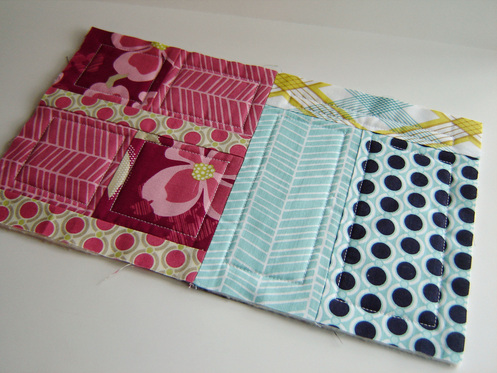
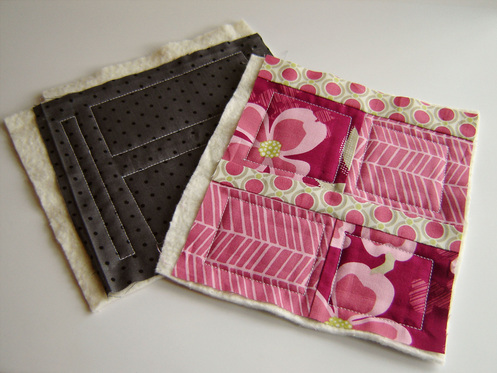
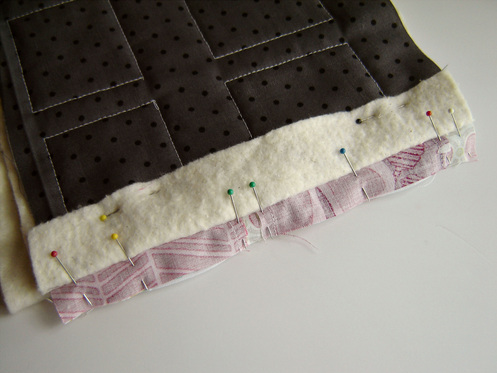
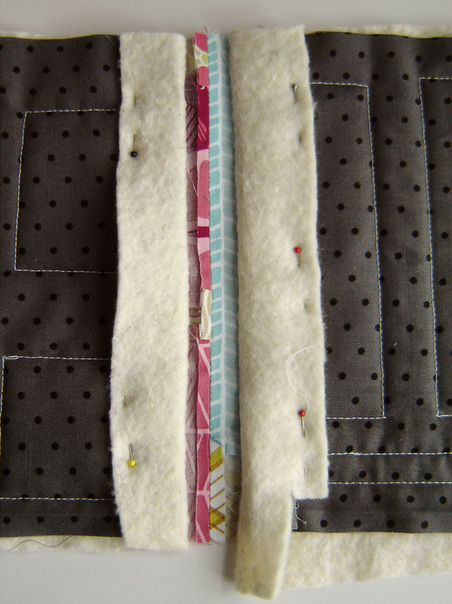
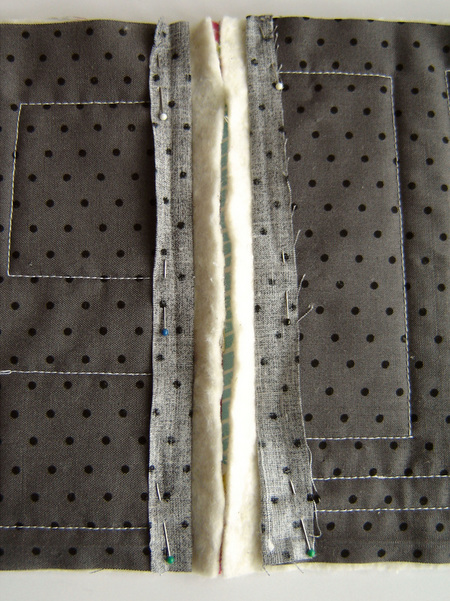
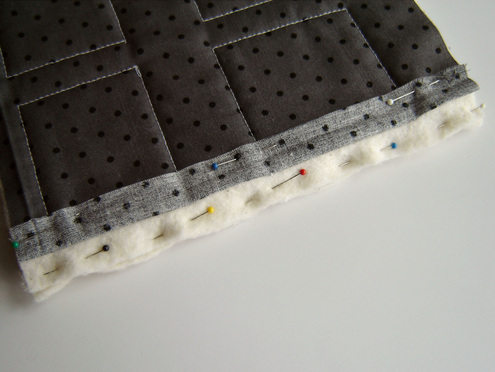
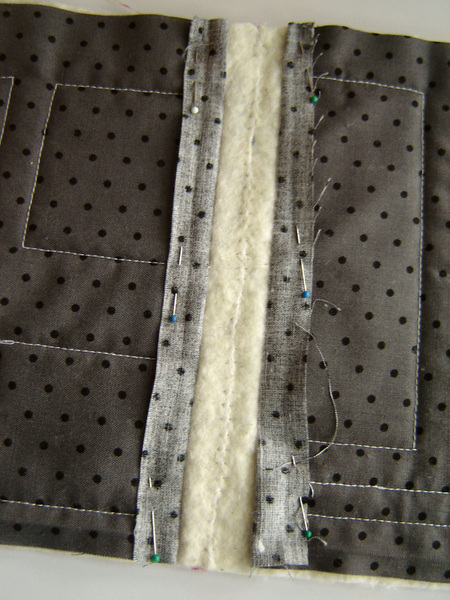
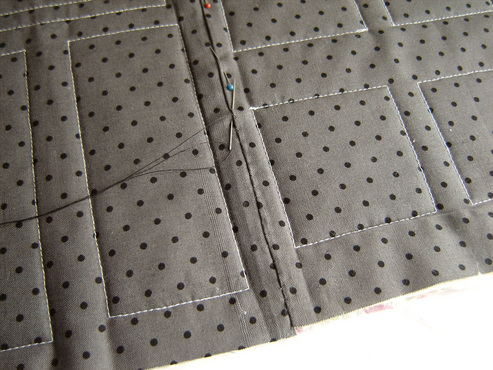
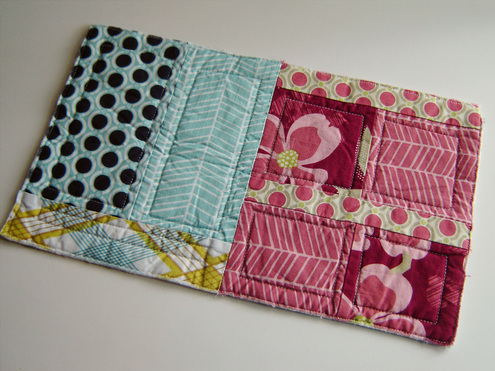

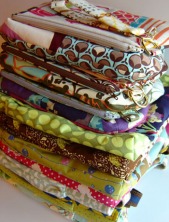
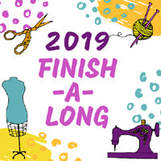

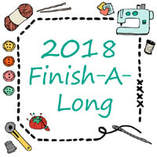
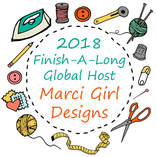
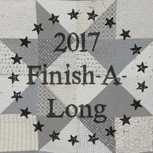

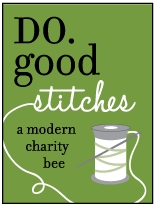
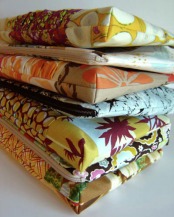
 RSS Feed
RSS Feed
